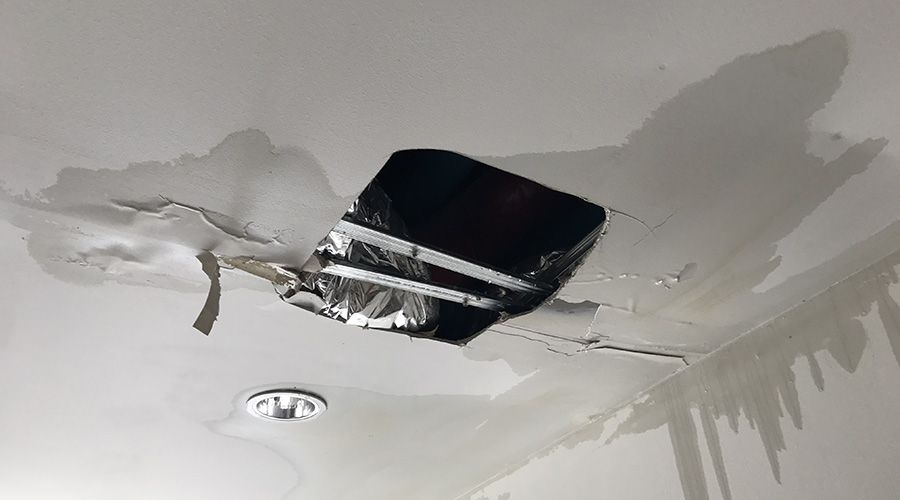Energy-Savings Strategies to Save Water
Beyond comprehensive maintenance and system upgrades, managers have a number of strategies at their disposal to control energy and water use related to plumbing systems.
These strategies include lowering the water temperature — which costs nothing to implement — insulating the hot-water tank so it keeps standing water hot, and replacing a hot-water tank with a tankless instantaneous heater. While higher in first cost than a tank-type water heater, tankless heaters operate only when water is called for. They use electricity or gas only for short periods, so they save all the water and energy that usually goes to waste keeping water hot, even when occupants are not calling for it.
Energy losses also are occurring as pump motors run far longer than they need to in order to move water through the vertical and horizontal piping distribution system to the point of use. Not only is the water distribution an energy-cost factor, but so is the swollen water volume that the system has to be pumped through the sanitary sewer system to the treatment plant.
The related energy demands continue at the plant, where waste water goes through primary treatment filtration — screens, motors and pumps to remove the solids, and heat for drying— secondary chemical treatment — motors, pumps and chemicals — and tertiary treatment in settling tanks or ponds for some period before the water is clean enough to discharge it into a stream or lake.
All of these costs make up the water and sewer rate paid for every gallon of water a facility consumes. The lesson here is, the less consumed, the lower these costs. Managers cannot do much about the rate, which public utility commissions set. But facilities can control the volume.
Related Topics:














